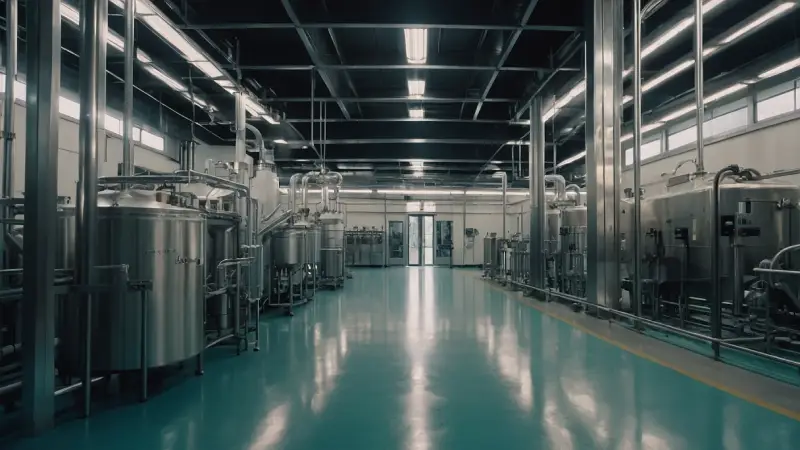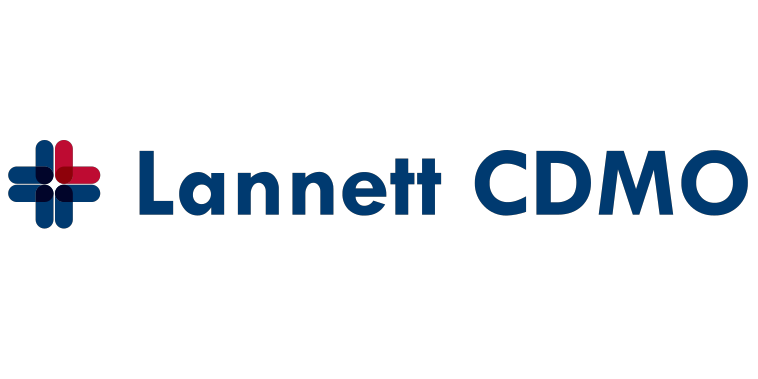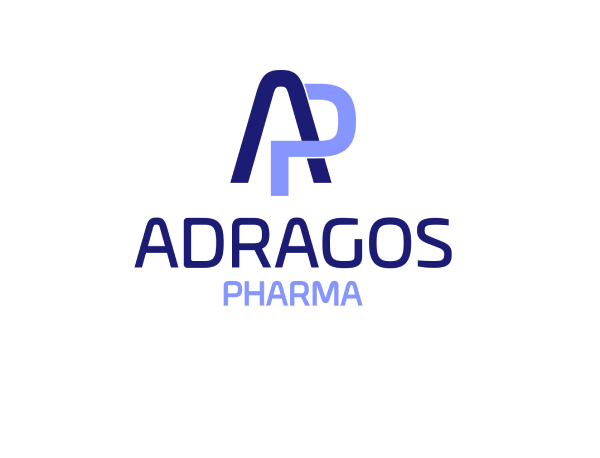Imagine dedicating decades of your life to decoding a single disease—mapping proteins, running endless experiments, and pushing science forward. One day, a discovery finally shows promise: a compound emerges with potential to change lives.
But the discovery alone isn’t enough. Now comes the monumental challenge of turning that molecule into a safe, scalable, globally available drug. That’s where Contract Manufacturing Organizations (CMOs) and Contract Development and Manufacturing Organizations (CDMOs) enter the picture.
These partners are the industrial backbone of modern medicine—experts in scaling, producing, and ensuring regulatory compliance for pharmaceutical products. Without them, most drugs would never reach the pharmacy shelf.
You´ve heard of Pfizer, Roche, or AstraZeneca. But what about Aenova, Cambrex, or Pharmaron? These lesser-known companies are CMOs—specialists who manufacture drugs under contract for pharma companies.
They don’t own the rights to the medicines they make. Instead, they are hired by biotech startups, research institutes, and big pharma to handle production, quality control, and logistics. Their role is fundamental—but often invisible.
CMOs are the unsung heroes of pharma manufacturing, operating behind the scenes to bring innovative therapies to life.
The pharmaceutical supply chain is built on collaboration, and it often includes three major players:
Think of it as a relay race: the baton is passed from CROs (early R&D) to CDMOs (development and scale-up) to CMOs (mass production and commercialization).
Some companies offer full-service solutions and act as both CDMO and CMO, while others specialize in specific product types like APIs, biologics, or sterile injectables.
Before anything else, verify compliance. Visit the FDA Warning Letters database and check for red flags. Regulatory history is a strong indicator of a manufacturer’s quality culture.
Does the CMO have experience with your dosage form or therapeutic area? Are they familiar with the regulatory standards in your target markets? Their answers will help determine technical fit.
Nothing beats an in-person audit. Tour the facility. Evaluate the equipment. Ask about GMP practices and quality systems. A clean site and transparent documentation speak volumes.
Speak with other clients. How responsive is the CMO? How do they handle delays or deviations? The reputation of your manufacturing partner can make or break your launch.
As Philippe Tschopp, Head of Business Development at Glatt, puts it:
“Trust and comfort are everything. You need to know that you’ll work with these people not just for months—but for years.”
CDMO pricing can vary greatly depending on the scope of services. Common models include:
In some cases, CDMOs will even build new manufacturing lines or facilities for strategic long-term contracts—highlighting the strength of these collaborations.
Explosive Market Growth
The CDMO market is expected to skyrocket—from $146 billion in 2023 to well over $200 billion by 2030, growing at a CAGR of 7.2%. Meanwhile, the CMO segment alone is forecast to reach $162.1 billion by 2025.
This growth is driven by:
Industry Shifts: From Vendors to Strategic Partners
The CDMO landscape is evolving beyond transactional relationships. Today, successful pharma partnerships are built on:
M&A activity is also reshaping the market, creating mega-CDMOs that offer broader capabilities and global reach.
In a world where drug discovery is accelerating and personalized medicine is becoming the norm, CMOs and CDMOs are not just helpful—they are indispensable.
They offer the infrastructure, know-how, and flexibility that pharmaceutical companies need to bring life-saving treatments to patients faster, safer, and more efficiently.
As the industry continues to evolve, partnering with the right manufacturing organization isn’t just a strategic decision—it’s a competitive advantage.

If you have any questions or suggestions, click here. We will be happy to assist you.





